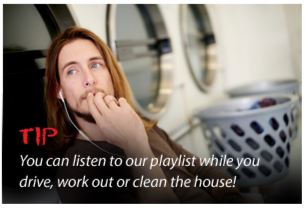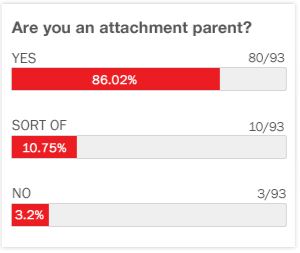Signs of a yeast problem or Candida in children
Pediatrician Jerry Kartzinel, MD, shares advice for parents on the signs and symptoms of a yeast infection in children to watch out for and explains what the best treatment to treat a yeast problem is
Related Videos
Transcript
Expert Bio
More from Expert
Jerry Kartzinel, MDPediatrician
Dr. Jerry Kartzinel is a Fellow of the American Academy of Pediatrics. He specializes in the recovery of neurodevelopmental, chronic neuro-inflammatory diseases, and hormonal dysfunctions. After receiving his medical degree at St. Louis University School of Medicine, he completed his residency in pediatric medicine in the Air Force. Following Desert Storm, Dr. Kartzinel practiced general pediatrics in private practice for 10 years until his fourth boy was diagnosed with Autism.
A nationally recognized speaker and New York Times Best Selling Author, Dr. Kartzinel has presented medical interventions that work to improve the lives of his patients who suffer from many types of medical conditions that include: autism, allergies, inflammatory bowel disease, chronic constipation, chronic diarrhea, sleep cycle disruptions, and hormonal imbalances. He regularly teaches Continuing Medical Educations courses on children's health issues to physicians and other health professionals.
His clinical approach is to treat the whole patient by carefully obtaining a full and complete history and based on this history, obtaining very detailed laboratory evaluations. Individualized plans are implemented integrating the very latest medical interventions that include both traditional and complimentary medicine approaches.




 GET ACCESS TO ALL PREMIUM CONTENT WITH NO ADS FOR $4.99/MONTH
GET ACCESS TO ALL PREMIUM CONTENT WITH NO ADS FOR $4.99/MONTH




Login or Register to view and post comments